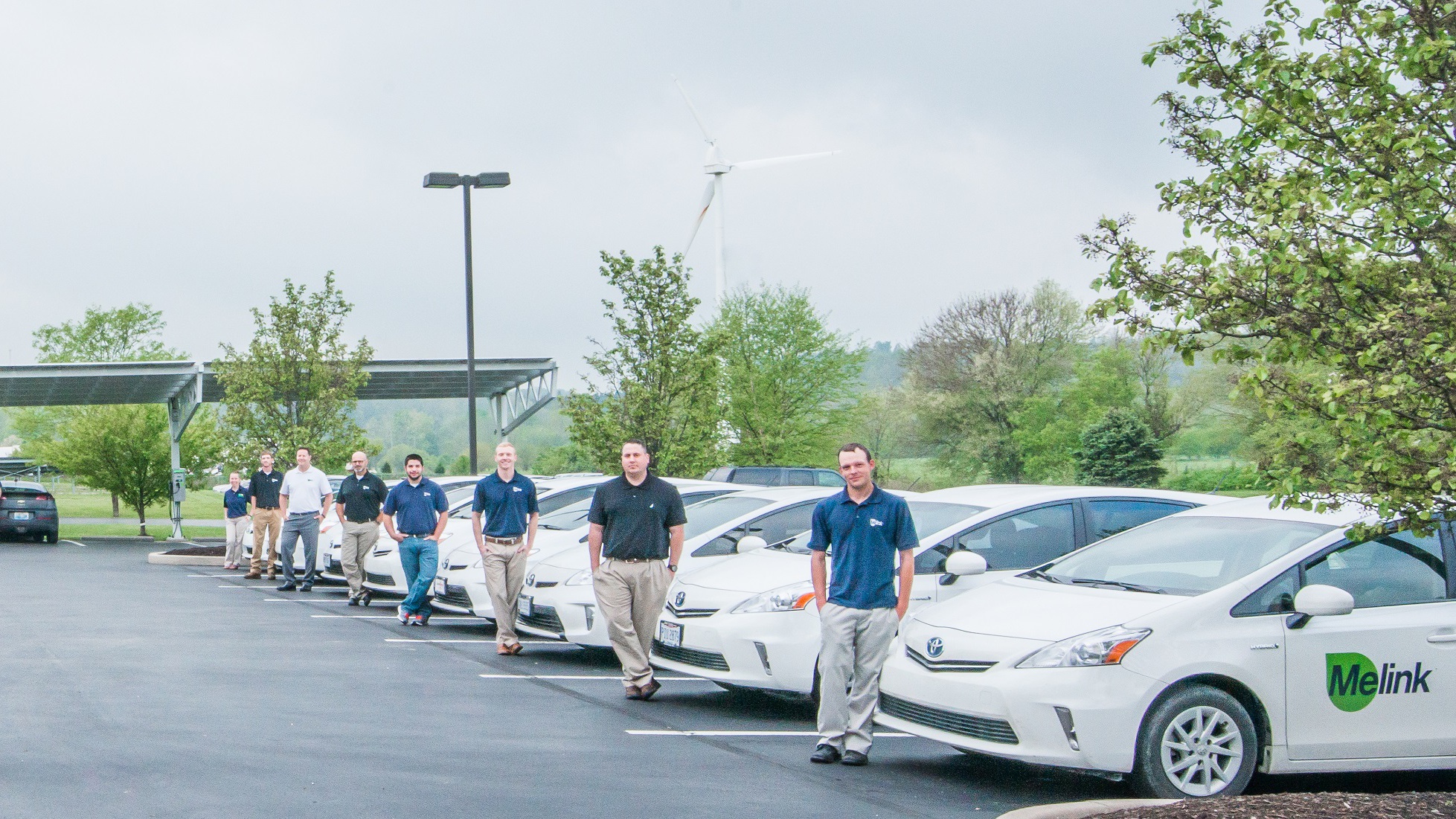Happy Earth Day 2020! Though we are living through a pandemic that is killing thousands, sickening millions, and affecting billions of jobs, we need to have a vision and purpose beyond this time that gives us hope for a better world.
Earth Day gives us the permission to think big again and to imagine the bold goals we have long supported finally being implemented and realized. However, since government often lags rather than leads when it comes to the environment, we need individual action more than ever.
Sure, the clean energy movement is well underway. Countless government, business, and education leaders are investing in solar and wind farms across the United States and around the world. Electric cars and batteries are slowly but surely going mainstream.
But certain headwinds are preventing this clean energy movement from becoming a revolution. Yes, the current administration is one of them. And the fossil fuel industry and climate change deniers are another. And, to some extent, so are you and me.
How many of us complain about someone else not doing their part to lead on climate action, and then fail to do so ourselves? For example, is every one of us buying clean energy from our utility? And is every one of us at least planning to upgrade to an electric car in the future?
It is in this spirit that I make the Melink 2025 Pledge. Though our company has long been a pioneer and leader in clean energy solutions and Zero-Energy buildings, we have typically allowed our employees to make personal choices that run counter to our mission.
Now that we are an ESOP and every employee is an owner, it is more incumbent than ever for us to walk the talk on our vision and mission. The world already has enough headwinds. But Melink shall continue to lead and live up to its calling even during the hardest times.
Melink 2025 Pledge
- Every Melink employee-owner shall select the clean power option from his/her utility. (The average monthly cost of doing this is a Starbucks cup of coffee).
- Every Melink employee-owner shall drive an electric car using clean energy. (Our EV incentive, leasing program, and lower market prices should make this possible).
- Melink Corporation shall give everyone five years to transition to this commitment. If there are personal financial reasons preventing this, we will support him/her.
To further leverage this pledge, we ask that other local, regional, and national partners or stakeholders join us. It’s a small premium to do the right thing, and it’s getting smaller every day. Let’s create more demand so that in five years it’s cheaper than doing the wrong thing. Like the pandemic and any war, we can only win if we all do our small part. Let’s create a better world for our children and grandchildren — all of us, together.
Sincerely,

Steve Melink
Chairman & CEO
Melink Corporation

